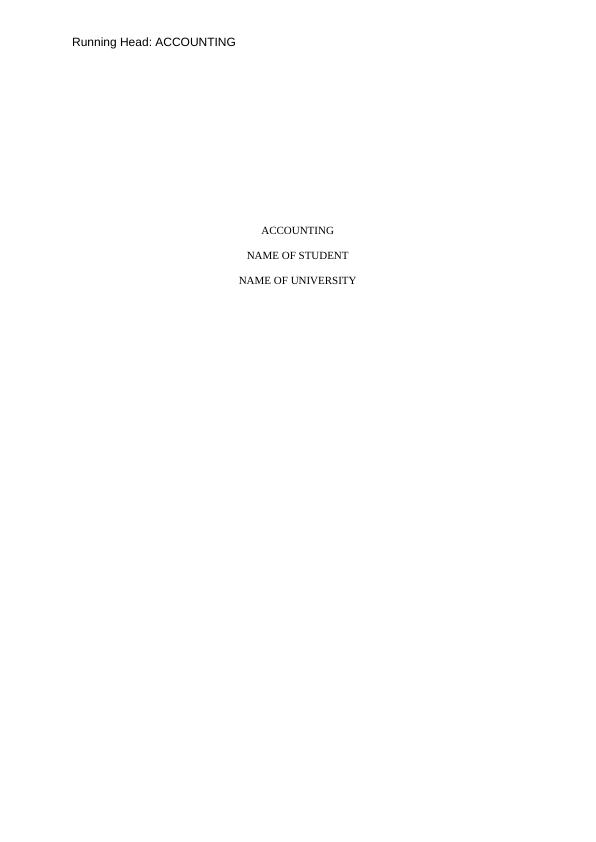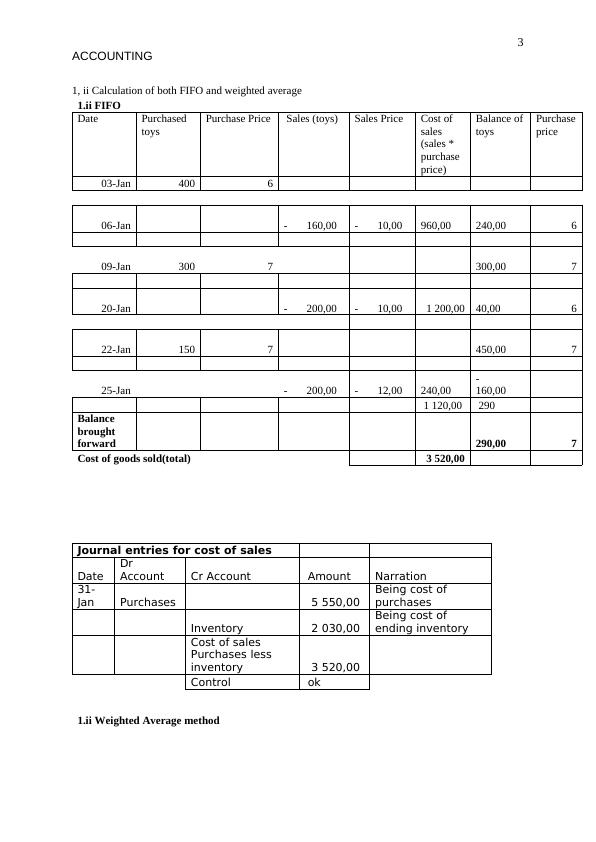Accounting: Memo on Inventory Methods
Added on 2023-01-16
10 Pages2837 Words89 Views
End of preview
Want to access all the pages? Upload your documents or become a member.
Information about Inventory Methods and Cost Flow Assumption
|9
|1950
|38
Accounting System and Process
|22
|2814
|1
Account System and Process
|18
|2964
|26
Inventory Valuation Methods in Accounting
|27
|3113
|38
Accounting System
|22
|3239
|59
Using FIFO Method for Inventory Accounting and Year-End Inventory Activities
|13
|1317
|277



